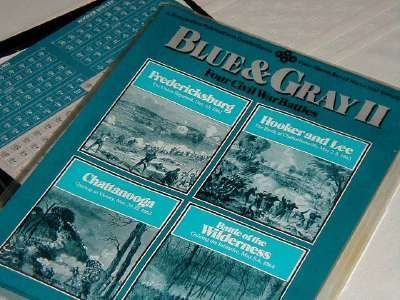Remembering the Fantastic Fours: The SPI Quad Games Revisited
By Mitch Reed
I guess I am an old time wargamer, I started with Avalon Hill’s Tactics II in 1978, then Gettysburg by the same company. Soon after I purchased my first game from Simulations Publications Inc (SPI) which was their quad game, Blue and Gray II which contained four great battles of the American Civil War.
This purchase solidified me becoming a grognard, and now forty-plus years later I still wargame. Recently someone posted a picture of some of the quad games and I thought about how much these games probably brought so many people into the hobby such as it did for me. I also thought how much these games meant to our hobby and I wanted to revisit and discuss these great games.
What were the Quads?
The quad games from SPI were a series of 16 themed game titles that each contained four games that used the same basic rules with each of the individual games having their own unique exclusive rules. Each game came with a 17” by 21” maps in fill color and about 100 counters for each game. The games were a lot like the ones that came with the magazine Strategy and Tactics which was also from SPI. The beauty of the quad game package is that for the same price of another larger title you were getting four small games on a topic that you had an interest in. The games also revolved around the brigade/regiment/battalion/battery level so you were really slugging it out at the fighting edge of combat.
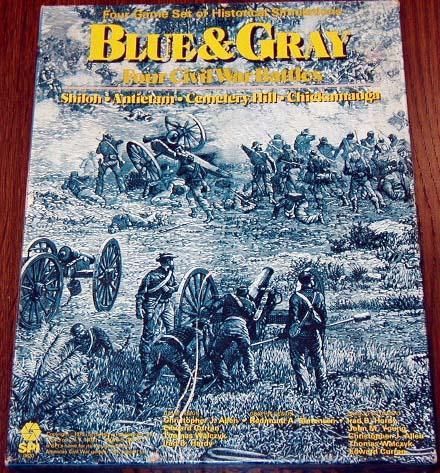
The first quad game hit the market in May of 1975 with the Blue and Gray I quad, which allowed you to refight the battles of Shiloh, Antietam, Chickamauga and Gettysburg. The popularity of the first quad game led to another 9 titles being released by the end of 1976. SPI ended up pushing out 36 games in these quad titles in a period of 20 months, which now seems like an impossibility.
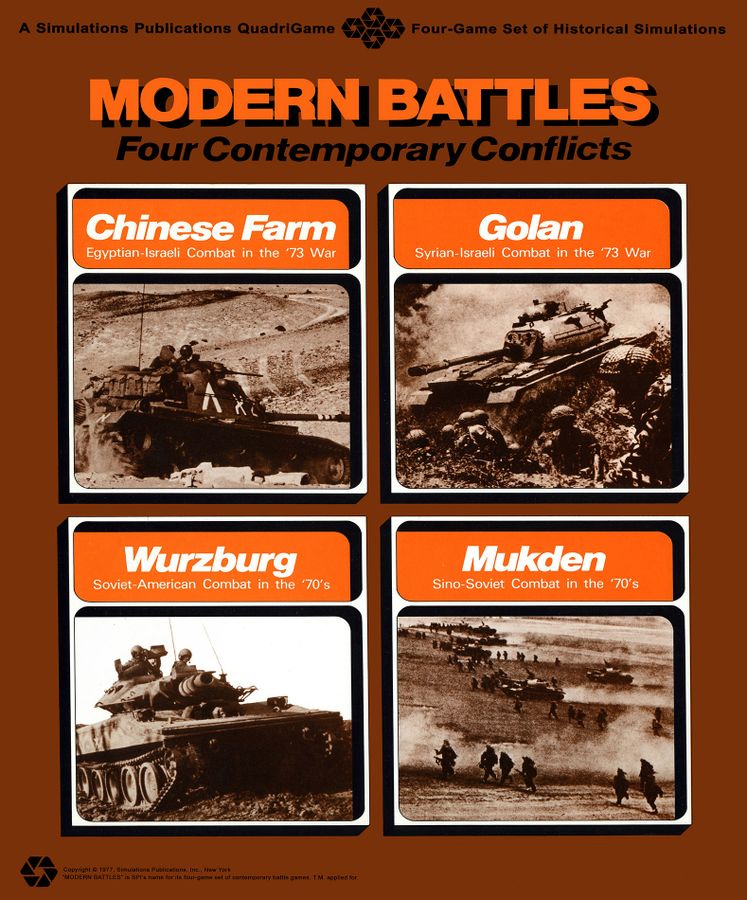
Quad Games
Even if the Civil War was not your thing, SPI produced quads for the taste of every gamer. Some of the games were so popular that a second quad title was produced with the same theme. In the production run of the quad games SPI released the following titles;
BLUE & GRAY I (May 1975) American Civil War
MODERN BATTLES (July 1975) Post WWII conflicts and hypothetical wars
NAPOLEON AT WAR (August 1975) Early and mid-Napoleonic period
ISLAND WAR (November 1975) WWII in the Pacific
BLUE & GRAY II (December 1975) American Civil War
WESTWALL (February 1976) WW2 in Western Europe (late 1944 & 1945)
THIRTY YEARS’ WAR (May 1976)
NORTH AFRICA (July 1976) WW2
NAPOLEON’S LAST BATTLES (September 1976) The Hundred Days Campaign in 1815
MODERN BATTLES II (June 1977) Post WWII conflicts and hypothetical wars
CRIMEAN WAR (April 1978)
GREAT WAR IN THE EAST (September 1978) WWI on the Eastern Front
BATTLES FOR THE ARDENNES (November 1978) WWII Battle of the Bulge
ARMY GROUP SOUTH (June 1979) WWII on the Eastern Front
THE ART OF SIEGE WARFARE (July 1979) Battles from Ancients to the Crimean War
GREAT MEDIEVAL BATTLES (November 1979) Conflict in the Middle Ages
The list above shows not only the sheer number of games produced in a four- and half-year timeframe but also the wide number of conflicts they covered with these games. The penultimate game in the series, The Art of Siege Warfare was the only one to cover conflicts in multiple periods that are tied together by the fact they represented a specific type of warfare. Not all of the games were based on actual battles, 6 of the 8 games in the Modern Battles titles were based on hypothetical battles during the Cold War period.
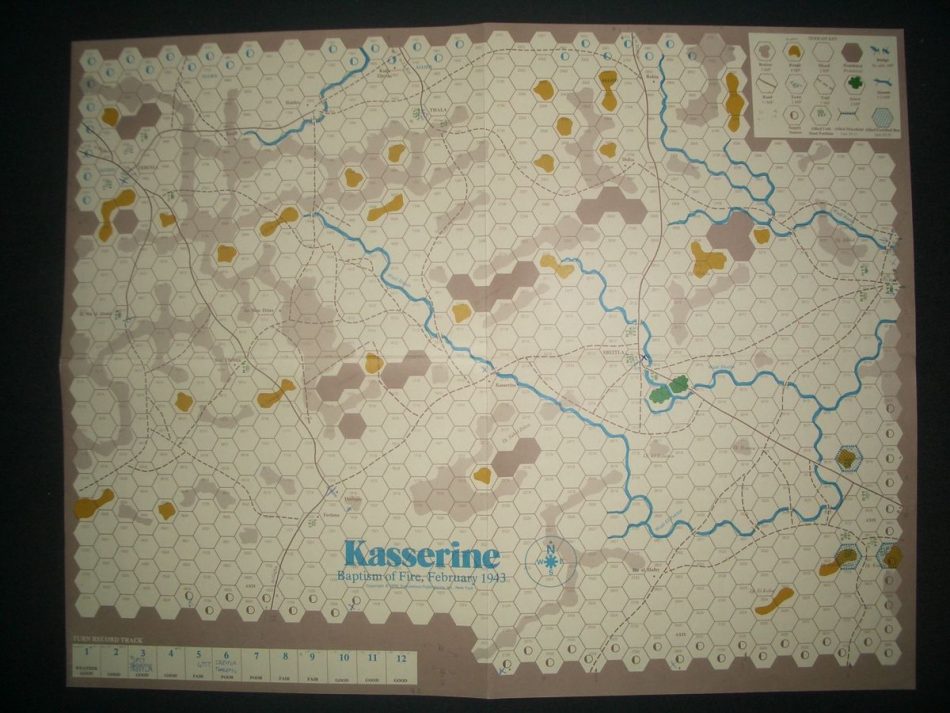
For those who did not want to play all 4 battles in a quad, SPI also released many of the quads in a series they called ‘Folio Games” where you can purchase just a single title that was previously released in a quad. The games in this series game in a Ziploc bag and was the same game in a stand-alone format.
Playing a Quad Game
Quad games did not take great amount of time to play. Most games lasted two hours at most and sometimes the most time-consuming part was setting up the game. The rules were clear and understandable for a pre-teen and most of all they were fun and challenging to play. Games from specific period also used the same rules, so the WWII and Modern games had the same feel and that is true for the games that cover the 19th Century.
Looking at the other games that came out during this time, such as Terrible Swift Sword, Third Reich and Squad Leader, the quad games brought the community smaller and easy to play games which I why I feel they changed the landscape of gaming. In the late 70’s, while I played those complex and monster games, they were not the type of games I played very often, and were certainly not the games I would use to convince my friends into enter into the hobby.
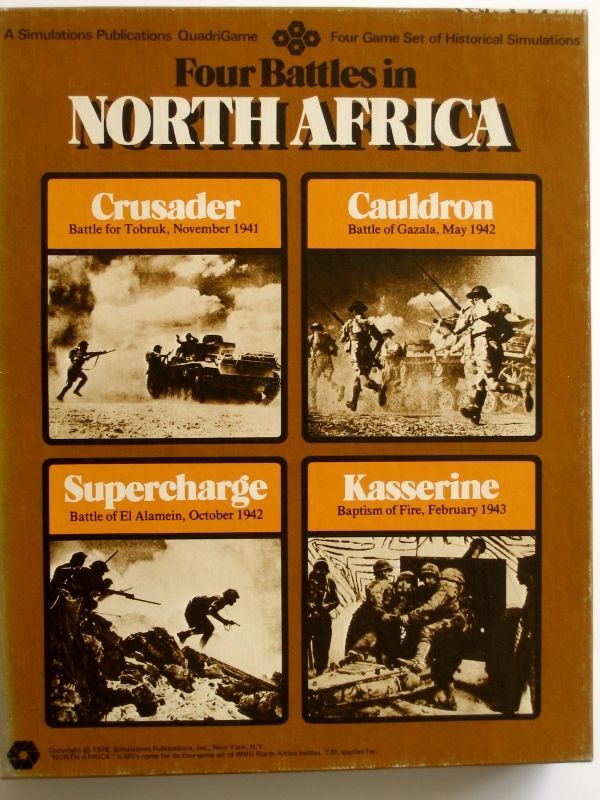
Status as a Classic
I feel that many gamers also were pulled deeper into the hobby by these games. The decision to market a title that contained 4 stand alone games was a great move by SPI. As stated previously, these games were priced to compete with titles that contained a single game, so in the economy of the late 1970’s these quads were such a good deal. Walking out of a place like the Complete Strategist in NYC with a package that contained 4 full games on a topic I was interested in made these games too great to pass up. Having spoken to many old-time grogs like myself, I know of no gamer who had anything horrible to say about the quads.
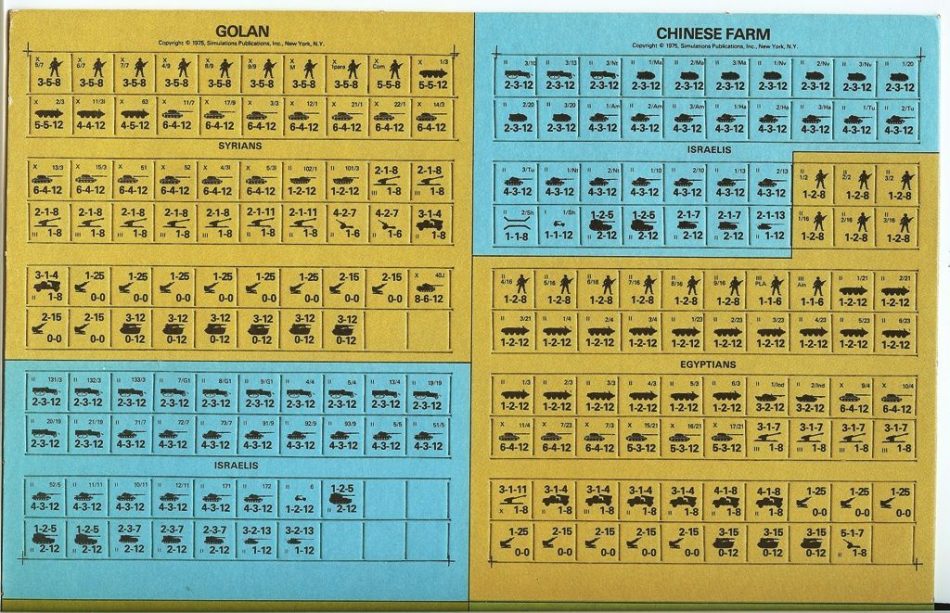
Some gamers did feel the games were not complicated enough or “Beer & Pretzel” for their tastes, I feel the miss the bigger impact that these games had. They were a natural gateway into the hobby for many since entering the hobby with a monster or overly complex game would not be a great on-ramp for the hobby. The variety of topics meant that any potential gamer could find a quad to their historical liking which I also feel was a huge attraction for gamers.
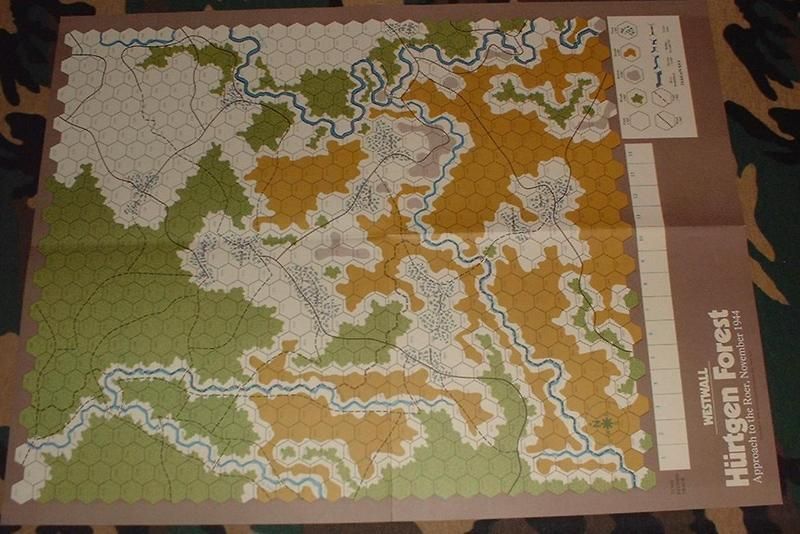
Not all of the games in this series were “hits”, some of the games in the quads were “OK” at best. When it came to playing about Gettysburg, I did prefer the 1977 Avalon Hill game Gettysburg over the game Cemetery Hill that was in the first Blue and Gray quad. My two favorite quads were Blue and Gray II and Island War, and I feel the games in these titles were some of the best produced by SPI.
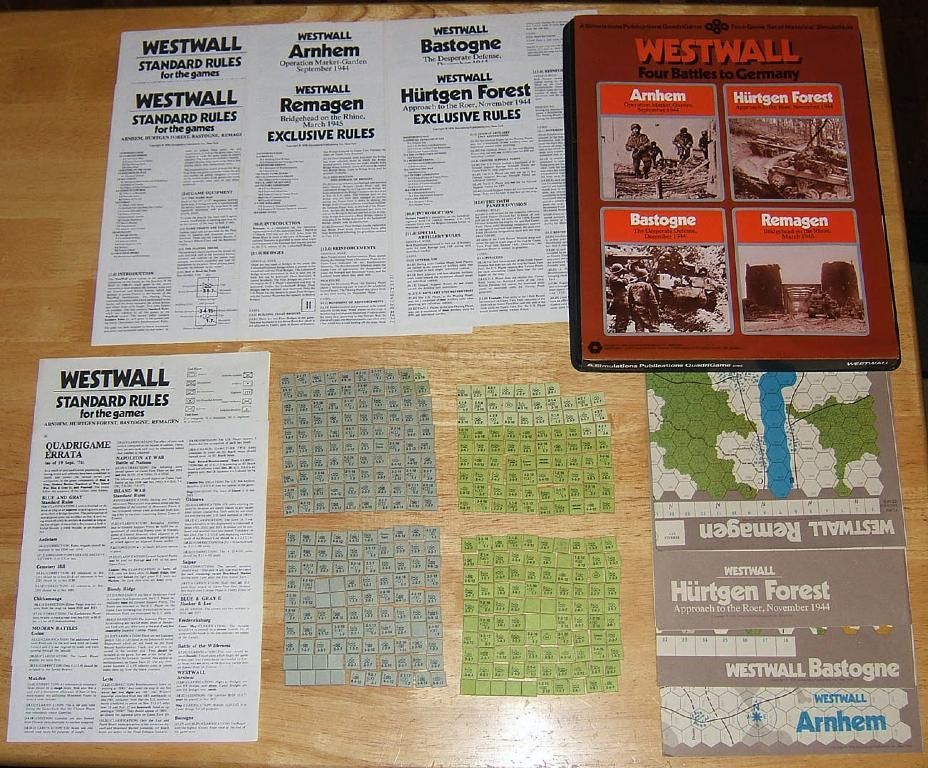
As I was doing research for this article, I was reminded that the quad was about marketing more than anything else. However, it was a great way to put a lot of games on the market and the quads were very popular and were some of the bestselling games in their time.
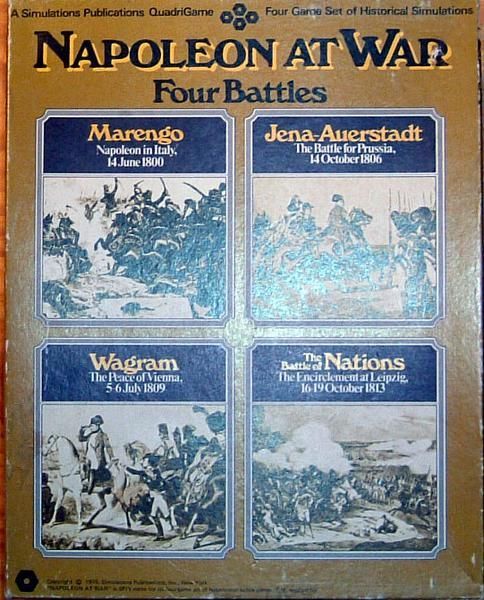
Where are They Now?
SPI folded in 1982 and was sold to TSR games which sold off many of SPIs most popular titles to other game companies. The 1980’s was a crazy period in gaming, we saw Role Playing Games (RPG) take over the gaming industry, so many wargamers were siphoned off during this period.
Another factor was that a lot of new game companies started to compete directly with SPI, with only so many gamers, the competition for a small customer base meant that some companies would lose out. While some can add a lot of other reasons as to the turmoil of the early 1980’s (it could be made into a book) it was an interesting period to be a gamer.
As I started college and went into the Air Force for a career, I found no time to game and my collection dwindled as I either lost or donated my games during my many moves. When I started to get back into the hobby, I wished I held on to my quad games, they were so much fun and just the right size for my busy life.
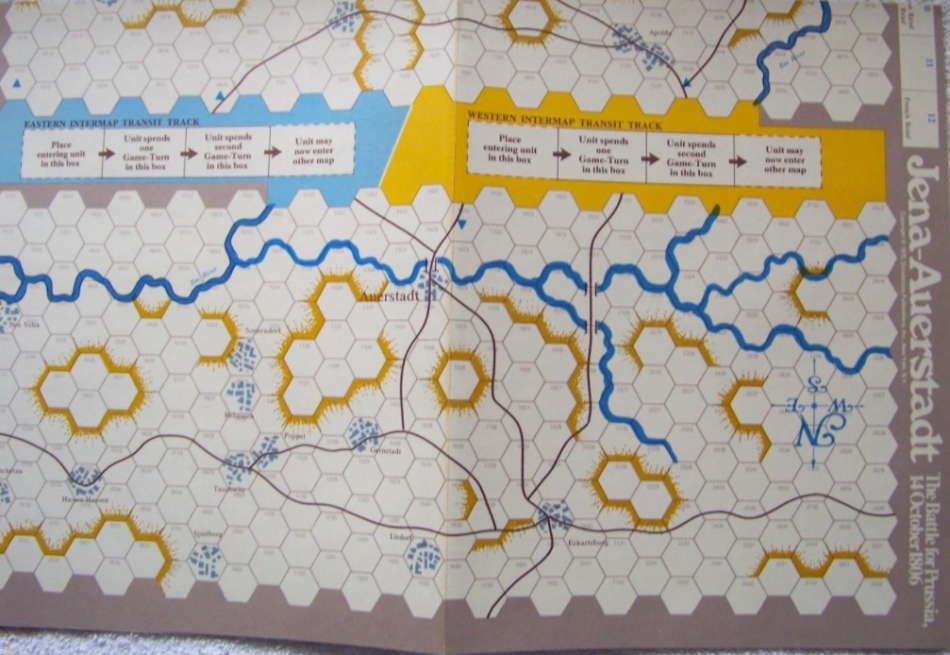
One day I came across some familiar looking folio games from my past. , run by Doc Cummins purchased a lot of the old SPI titles and started to remake some of the games found in the quads in the folio game format. Only some of the games have been reproduced and DG has added many new titles to the folio series.
The games produced by DG did re-work the rules and renamed it the ‘Fire and Maneuver Series”. They added some mechanics and change some, such as removing artillery units by using a different mechanic for fire support. However, the games do look and feel the same and play just as well as the old folio games.
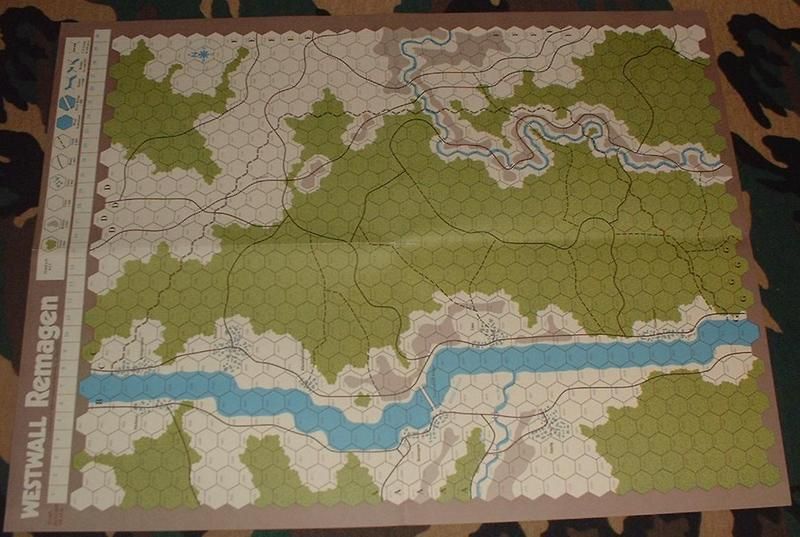
Recently I got a marketing email that DG is reviving the quad marketing tactic and is coming out with the D-Day Quad Deluxe Edition. This title takes 4 of their existing games that cover the 1944 Normandy invasion in one box and uses one 34”x22” map for all four of the games.
I have some of the games that will be featured in this new title and something about all the games using one map does not bring back the feel of the old quad games.
You can try to find used copies of some of these games online, however good luck on that. They often fetch very high prices which indicates their impact on the community.
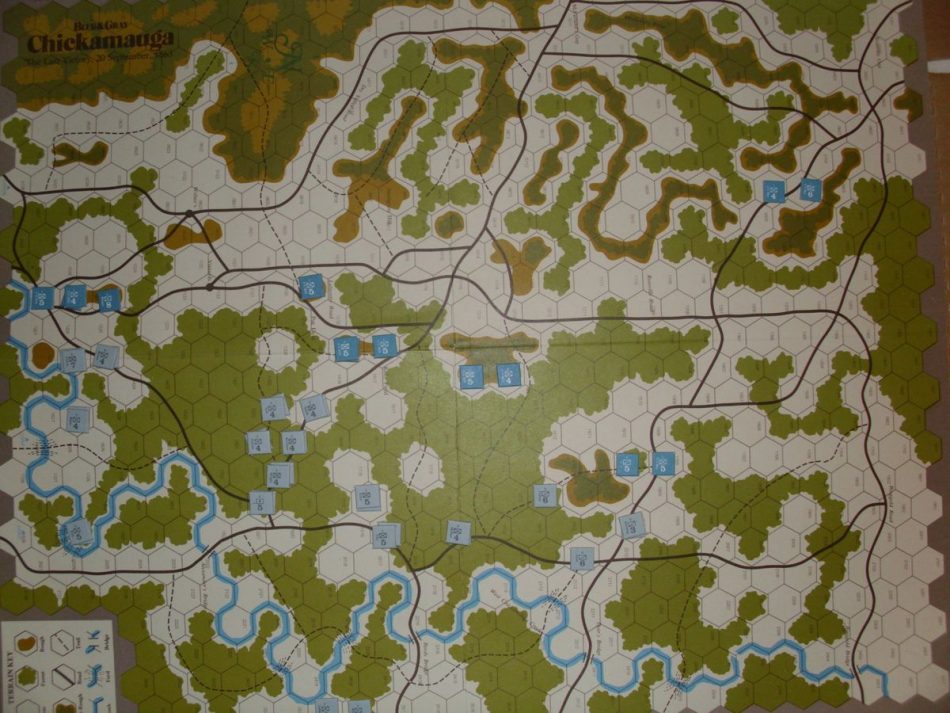
Golden Age ?
I hear and often say that we are in a golden age of gaming. I do stand by this statement however I have some caveats for this statement. Overall, more people are gaming in general, which includes video, RPG, tabletop, and miniature gaming. While historical board wargaming is still a thing, it is shrinking as players age out or find other types of games to play.
The competition for our time has replaced the competition for our dollars and the competition is fierce. I contend that games today are overall better products than the games of 1970-1985, in both quality and playability. While the past has produced some of greatest wargames ever made, I would assert that some contemporary games will fall into this category as well when we look back on it in the future. I feel the winner today is the gamer because they have so many great games to play and enjoy today.
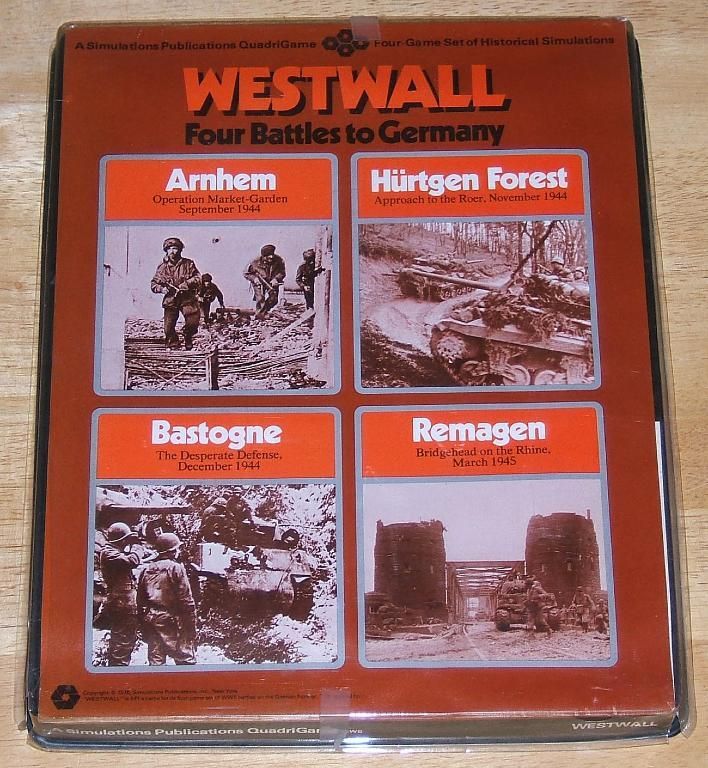
Will we see the quad game make a reemergence in our hobby? Perhaps we may. Last year released a quad game of their own called Brief Border Wars which I picked up. Perhaps the age of the quad games may be coming back? One can only hope.


